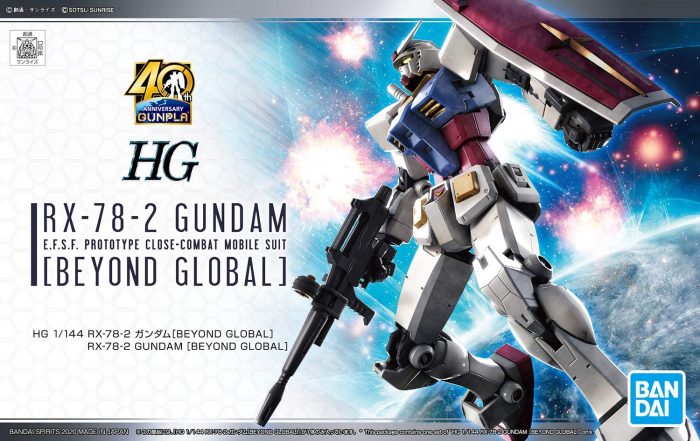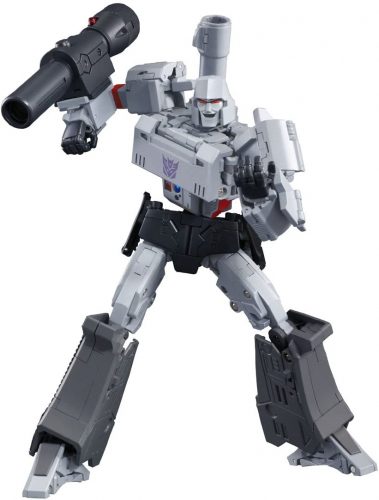
On other websites and forums, many fans like to accuse franchises such as Gundam as nothing more than being glorified toy commercials. We’re not here to say that they’re wrong, but there is a point to all of it. With recent events such as Japan’s copyright laws shutting down illegal sites such as Kissanime, it is necessary to discuss how piracy is hurting the anime industry, and what we can truly do to support it. However, supporting anime goes beyond just buying Blu-rays, DVDs, or subscribing to legal streaming sites such as Netflix and Crunchyroll.
While Blu-rays and DVDs can average $17-$21 for 25-episodes in the US, Japan and other nations with higher taxes and costs of living aren’t so lucky as the same $17-21 25-episode set would cost the equivalent to $120 for reasons we have covered in a previous article, “Is Anime Really Expensive?” So, if anime companies can’t domestically make money through DVD/Blu-Ray sales, how do they make their money? By selling their merchandise!
The Economics of Japanese Television
How the Japanese and American television industries operate domestically is a huge factor in why studios need to make money off merchandise. In America, the studio has to make a pilot and show it to networks. If the network picks it up, then the network can pay for either a fraction of the show’s budget, or pay for it all. In Japan, the studio makes a show, and the studio PAYS the network to air it! Due to these business practices, prices for home video are exorbitant and this leads to one of many reasons why studios make their money through merchandising.
What About Americans Buying DVDs and Blu-Rays or Subscribing to Streaming?

As for American fans buying DVDs or Blu-Rays that average around $25, or paying at most $10 a month for a streaming service, in many of those instances, the profits don’t go back to the studios. When a company such as Funimation pays for the license of a certain anime, the studio makes the money based on the licensing fees, and it’s up to the licensing distributor to price their products to make up for their costs. So, it all comes down to both Japanese and foreign fans to buy merchandise in order to directly help the studios.
Merchandise Sales Saved Gundam

As we stated in the intro, many like to criticize Gundam as nothing more than a giant toy commercial. We’re not here to make the argument that the franchise has nothing of substance, but its merchandise sales were what made it the powerhouse it is today. As some of you may already know, the first Gundam series was cut short by less than ten episodes due to declining ratings. In addition to successful reruns, sales of its models played a big part in its comeback, and why it is one of the most successful franchises of all time. Now, many anime rely on merchandise sales to make revenue.
It Happens in America, Too
However, the idea of making money off merchandise isn’t exclusive to Japanese anime, but happens with American animated products as well. This goes back to Masters of the Universe, which kicked off how just about every American cartoon in the 1980s were glorified toy commercials to the point that the Reagan administration (despite their reputation for excess deregulation) had to intervene and require the cartoons to have PSAs just so they wouldn’t be nothing more than toy commercials.

When Power Rangers got big in the US, local networks that broadcasted it got a share of the toy sales (this was actually a first)! On the other hand, Nickelodeon cancelled their latest Ninja Turtles installment largely because of poor toy sales! And why did Optimus Prime and other Autobots die in the 1986 Transformers movie? It’s because Hasbro wanted to sell new toys! With many cartoons now broadcasted exclusively on cable networks, American animation studios have to operate like Japanese studios where they have to pay for everything and can’t pitch it to a network like FOX or ABC. As to why studios today can’t do that, you can equally blame Bill Clinton (a Democrat) and Newt Gingrich (a Republican) for making children’s programming forcibly “educational” for it to air on regular networks.
Final Thoughts

While criticizing certain anime as nothing more than glorified toy commercials is an arguable point, there are a lot of factors as to why. In the case of the studio, it is their main source of income, so it's important that characters or vehicles/mechs they use have a toyetic feel to them. Of course, merchandising isn’t exclusive to just toys and models. Many people love the body pillows of their favorite anime characters, or they want to wear t-shirts of their favorite anime, or they want a mousepad or notebook of them.
By buying these products, fans can contribute to the studios! So, are any of you readers into buying merchandise such as t-shirts, models, stationary goods, or licensed candy. For example, did you know that the candy Setsuko uses in Grave of the Fireflies is real? Some stores in Japan sell cans with Setsuko’s picture on it to this very day! Do some of you enjoy playing video games based on your favorite anime? If so, please share what you like to collect in the comments!
Recommended Post


